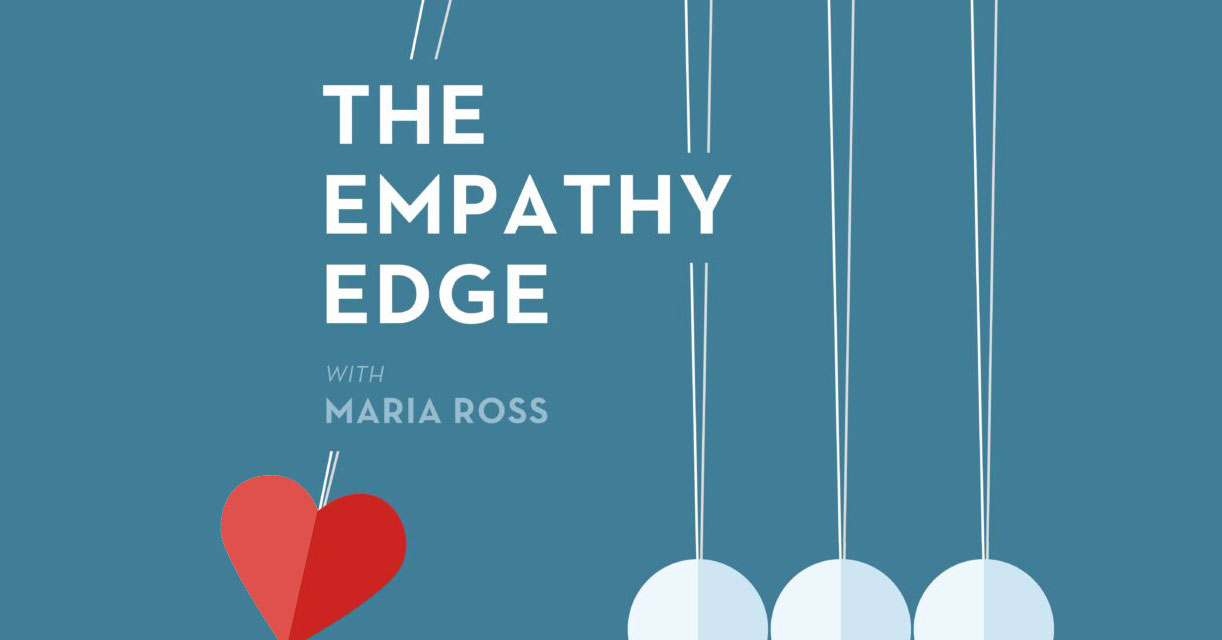Storytelling and branding (PS, same thing) are all about articulation. The sublime act of phrasing something to evoke just the right reaction at just the right time from just the right people.
No one does this better than today’s Slice of Brilliance guest, writer Alexandra Franzen.
I’m biased, because this “Promotional Wordsmith & Personal Scribe” – her words – helps me with my own brand messaging and has helped my clients. She also delivers the juiciness for heavyweights like Danielle LaPorte and Marie Forleo. Through her writing services she channels entrepreneurial LOVE into unforgettable language—the kind that inspires an immediate “YES.”
I don’t know how this chick replenishes her constant well of innovation but it might have to do with her choosing a different mission or manifesto every year. Her 2012 manifesto is called “DEVOTION.”
Today we dish about self-expression and how she turned her passion into profit.
RS: Alexandra, you have a gift for articulating intent, vibe and mission into powerful copy for clients. When did your love for writing develop, what inspired you to build a business around it?
AF: Hmmm…y’know, even as a kidlet, I was a writerly little thing. My mom quickly noticed that I had a knack for rewriting song lyrics, and pretty soon she started giving me little ‘assignments’. First it was, “Write a song about Great Aunt Mimi, to the tune of ‘Tiny Dancer’.” Later it became, “Write this fundraiser invitation, and make it really hilarious” and eventually “Write a Regency-era novella about your father & I, except he’s a butler in disguise and I’m an impetuous damsel!” Eventually, I had to diversify my client pool.
I wrote all through high school, college & my early ‘real-world’ career, in public broadcasting. Everything from five-minute operettas, to poetry, to one-act plays, to humor columns, to a grant-funded research paper, to snippets of copy for on-air promotional spots. But writing was always a sideline gig, a passion project, a lightly-paid hobby. I never really believed I could make a living – let alone build a business – through my wit & words, alone.
That is, until I quit my job – in the midst of the Recession. And suddenly, making money as a writer was the only option. And a fairly urgent one, at that.
It took me about a year to really hit my stride, as an entrepreneur. I struggled to find the right offerings, the right packages, and of course – the right clients. But once I found my sweet-spot – as a copywriter & promotional strategist for quirky, brilliant & truly visionary ‘preneurs – everything dovetailed together. Suddenly, my eclectic background and ability to duck & dive into numerous voices & styles was a marketable skill. Who woulda thunk it? Well, my mom, probably. She always knows everything about seven years before I do.
RS: They always do. People think of entrepreneurship or “being in business” as very analytical, but it can also be a form for artistic expression. What’s your advice on how to express ourselves through our businesses?
AF: I really believe that building a business is an act of supreme self-expression – what could be more expressive than packaging & presenting your greatest talents for the world to adore? When we hop on Twitter, when we post a blog entry, when we launch a new offering, when we speak or teach or lead a workshop, we’re expressing ourselves…expressing what we love, what we loathe, and what matters to us. And when we see a brand or identity that really strikes a heart-chord, what we’re essentially seeing is someone’s full & unapologetic self-expression. “This is who I am. This is what I do. This is why it matters. You with me, or what?”
RS: What messaging “rules” drive you crazy and how can people unlearn these rules for better impact?
AF: There’s an interview that’s furrowed into my brain, for all time – it’s a conversation with the great prima ballerina Allessandra Ferri from the American Ballet Theater. When Ferri was preparing to play Juliet in Romeo & Juliet, she said – forgive my paraphrasing – “First, I memorize the play. Then, I watch all the films. Then, I listen to the music – again, and again. And then, I forget everything. I must forget everything. Or how will I become my own Juliet?”
Messaging, marketing & positioning your business is a lot like preparing to play Juliet. YES, you should learn all the rules & techniques. YES, you should take all the courses, and invest in the templates. YES, you should work with top consultants, masters & gurus. But at some point, you’ve got to forget…to come back to the beginner’s mind, keeping only the essentials. Or how will you become your own Juliet? How will find your own voice? How will you build your own business – and not a facsimile of someone else’s entrepreneurial performance?
Every great artist, innovator & entrepreneur knows this to be true: the world is waiting for your Juliet…not a microfiche of someone else’s, no matter how marvelous. The world is waiting for you…to decide to be you.
More about Alexandra Franzen:
Promotional wordsmith & personal scribe. Soul stenographer. Strumpet nerd. Recovering socialist. Geriatric raver. Captivated by heart-shaped crystals, Finnish power metal, anything chartreuse, and Leonard Cohen. Fix me a Madagascar vanilla tea latte, and I’ll tell you all my secrets. Except that one.
Check out her website at www.alexandrafranzen.com Love it? Aw, yeah! And guess what? Alexandra’s putting her brilliance on-loan to you with two mini-products on the shelf right now. More on the way.
FIVE SCRIPTS TO FILL YOUR CLIENT DOCKET—
—a lovingly-crafted collection of tried ‘n true e-mail scripts, for baby-preneurs who are just starting out…as well as established solopreneurs who’ve hit a dry patch, or never quite mastered the Art of the Ask.
FIVE SCRIPTS TO RAKE IN THE PRAISE—
—a copy ‘n pasteable collection of snappy scripts, for entrepreneurs who want to crank up their credibility with highly-persuasive, love-drenched and 100% TRUE client reviews.






